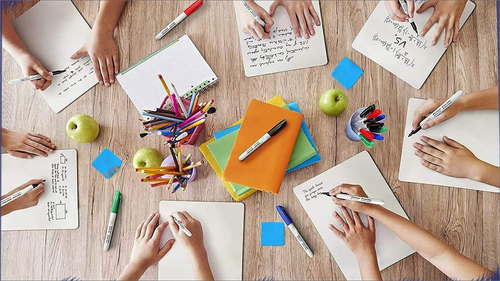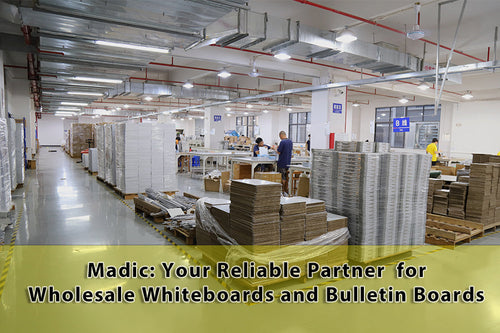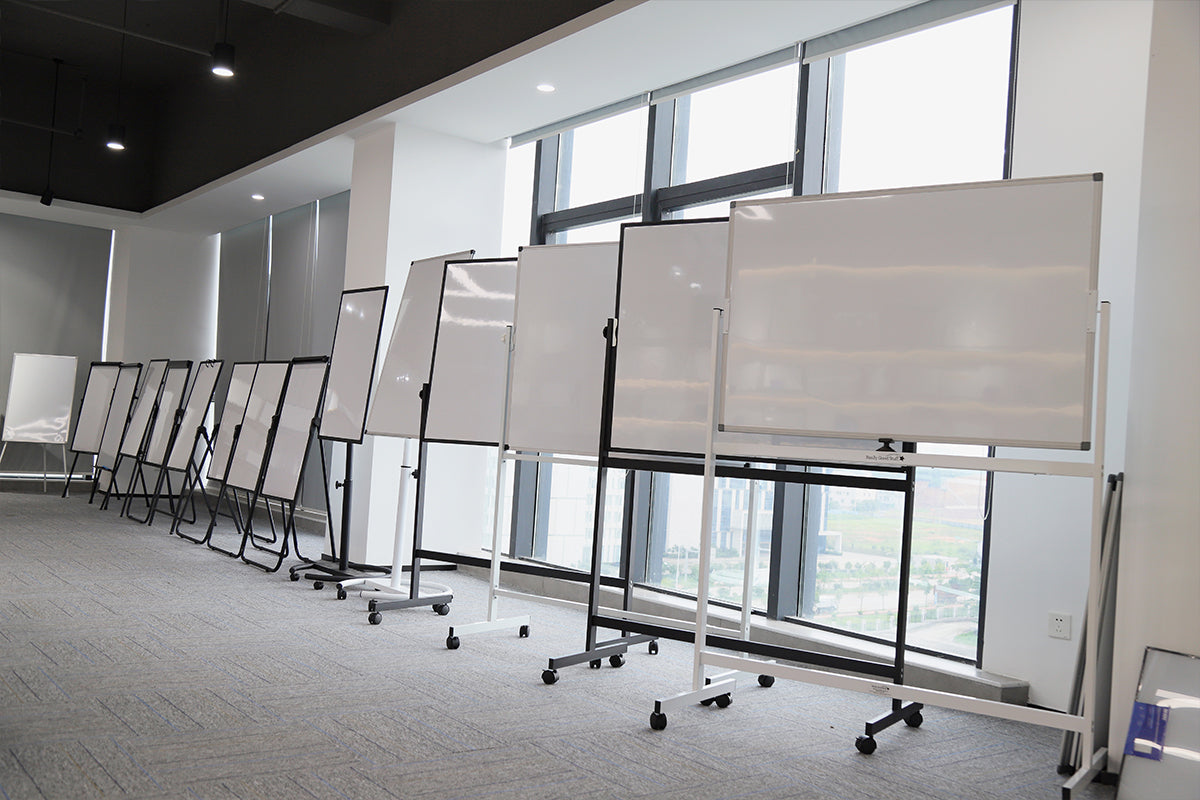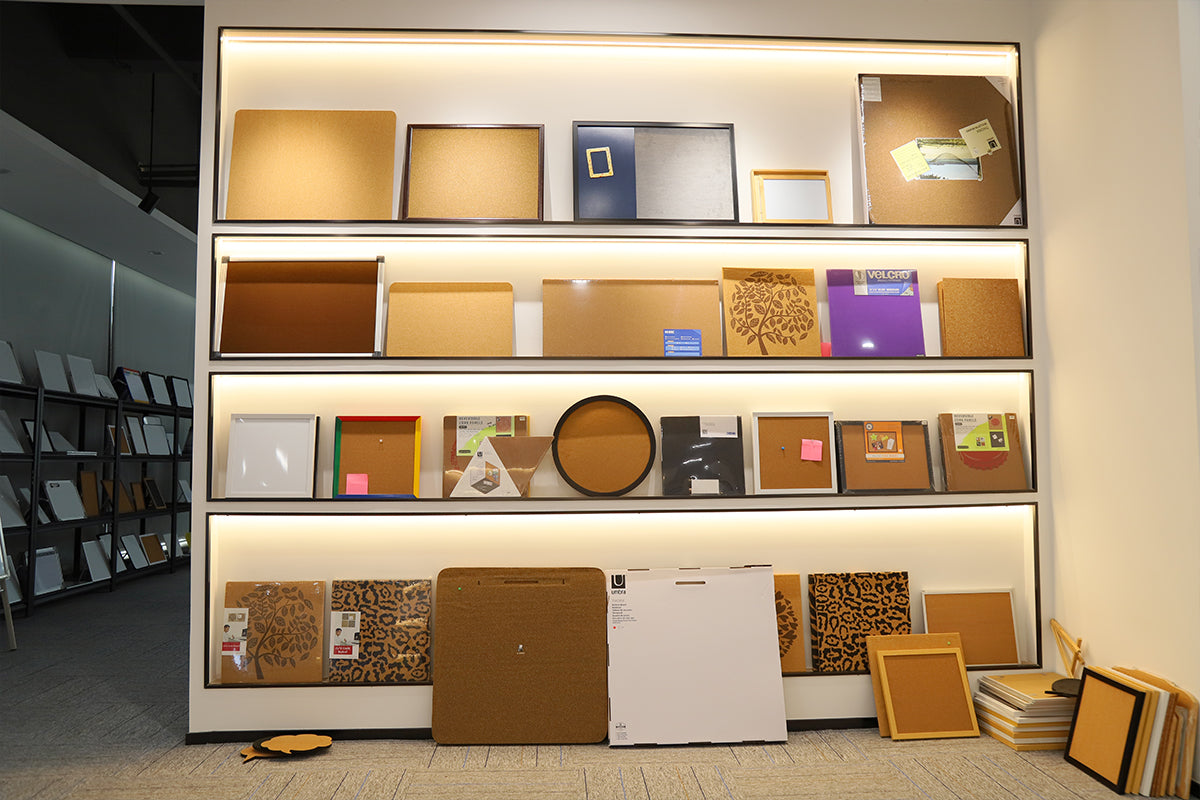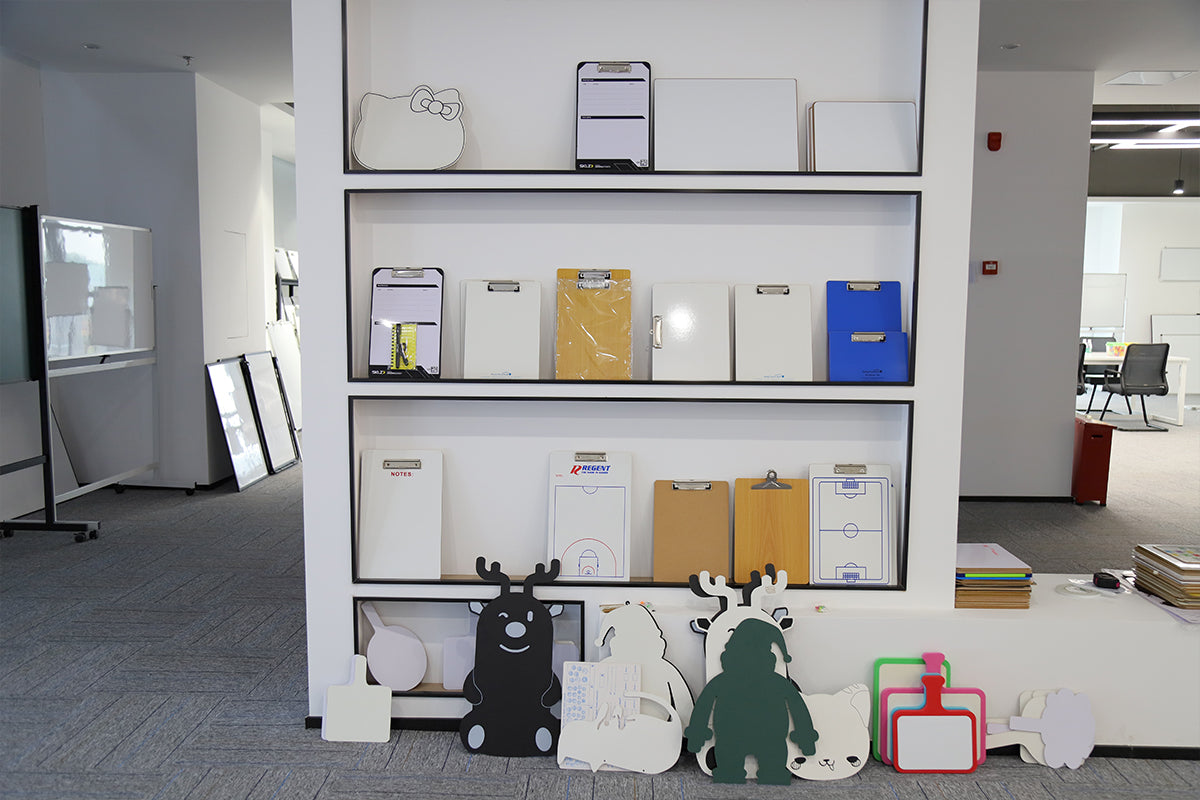「Knowledge」Whiteboards vs. Dry Erase Boards: Understanding the Distinctions
The terms "whiteboard" and "dry erase board" are often used interchangeably when referring to a versatile writing surface for brainstorming, teaching, or jotting down ideas. But are these terms truly synonymous, or is there a subtle disparity between them? Recognizing the dissimilarities between whiteboards and dry-erase boards can aid you in selecting the appropriate tool for your requirements.
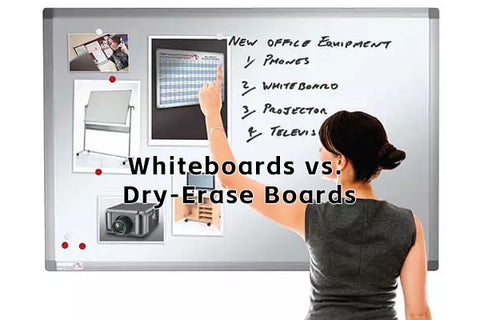 Defining Whiteboards and Dry Erase Boards
Defining Whiteboards and Dry Erase Boards
Before delving into the nuances of their disparities, it's crucial to establish what we mean by these terms. Both whiteboards and dry erase boards are non-permanent writing surfaces that facilitate easy writing, erasing, and rewriting. The term "whiteboard" typically denotes a glossy, white surface used with markers for writing, while "dry erase board" is a more generic term encompassing any board compatible with dry-erase markers.
Distinguishing Between the Two
The primary disparity between whiteboards and dry erase boards lies in their marketing and intended usage by manufacturers. Whiteboards are predominantly employed in office settings, whereas dry-erase boards have a broader range of applications, extending to home or recreational settings.
However, beyond this distinction, the similarities between these two boards outweigh the differences. Both are crafted using similar materials and function in the same manner.
Materials Utilized in Whiteboards
Whiteboards and dry erase boards are crafted from a variety of materials, each offering distinct advantages and drawbacks. Here's a closer examination of some common types:
1. Melamine: Melamine boards feature a plastic laminate coating over a particle board or MDF core. While cost-effective and providing a smooth writing surface, these boards are prone to ghosting, retaining traces of previous writings.
2. Painted Dry Erase Steel: This coating is formulated to create a durable, magnetic-receptive whiteboard surface. It can also feature dye sublimation properties, allowing for permanent printing on whiteboards.
3. Porcelain-on-Steel: Known for durability and resistance to ghosting, these whiteboards are magnetic and can double as bulletin boards. Ideal for heavy usage in educational and office settings, they come at a higher price point.
Choosing the Right Board
Selecting the appropriate board hinges on various factors, including the intended environment, frequency of use, budget, and customization preferences. For professional settings with heavy usage, investing in a high-quality porcelain-on-steel or glass whiteboard is advisable. Painted steel offers a budget-friendly alternative with durability and custom printing capabilities. Melamine boards may suffice for classrooms or light office work. Prioritize products promising non-ghosting and non-staining properties for a consistently clean surface.
Though the differences between whiteboards and dry-erase boards may seem significant, they primarily revolve around the material choice and marketing strategies. Understanding your requirements and how each material can enhance your creativity and productivity will guide you in selecting the optimal board for your home, office, or educational environment.

Before delving into the nuances of their disparities, it's crucial to establish what we mean by these terms. Both whiteboards and dry erase boards are non-permanent writing surfaces that facilitate easy writing, erasing, and rewriting. The term "whiteboard" typically denotes a glossy, white surface used with markers for writing, while "dry erase board" is a more generic term encompassing any board compatible with dry-erase markers.
Distinguishing Between the Two
The primary disparity between whiteboards and dry erase boards lies in their marketing and intended usage by manufacturers. Whiteboards are predominantly employed in office settings, whereas dry-erase boards have a broader range of applications, extending to home or recreational settings.
However, beyond this distinction, the similarities between these two boards outweigh the differences. Both are crafted using similar materials and function in the same manner.
Materials Utilized in Whiteboards
Whiteboards and dry erase boards are crafted from a variety of materials, each offering distinct advantages and drawbacks. Here's a closer examination of some common types:
1. Melamine: Melamine boards feature a plastic laminate coating over a particle board or MDF core. While cost-effective and providing a smooth writing surface, these boards are prone to ghosting, retaining traces of previous writings.
2. Painted Dry Erase Steel: This coating is formulated to create a durable, magnetic-receptive whiteboard surface. It can also feature dye sublimation properties, allowing for permanent printing on whiteboards.
3. Porcelain-on-Steel: Known for durability and resistance to ghosting, these whiteboards are magnetic and can double as bulletin boards. Ideal for heavy usage in educational and office settings, they come at a higher price point.
Choosing the Right Board
Selecting the appropriate board hinges on various factors, including the intended environment, frequency of use, budget, and customization preferences. For professional settings with heavy usage, investing in a high-quality porcelain-on-steel or glass whiteboard is advisable. Painted steel offers a budget-friendly alternative with durability and custom printing capabilities. Melamine boards may suffice for classrooms or light office work. Prioritize products promising non-ghosting and non-staining properties for a consistently clean surface.
Though the differences between whiteboards and dry-erase boards may seem significant, they primarily revolve around the material choice and marketing strategies. Understanding your requirements and how each material can enhance your creativity and productivity will guide you in selecting the optimal board for your home, office, or educational environment.


